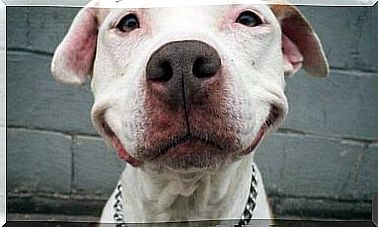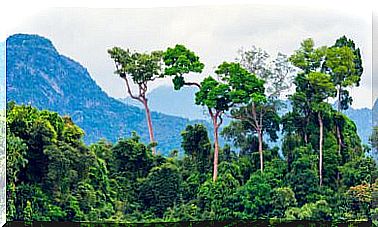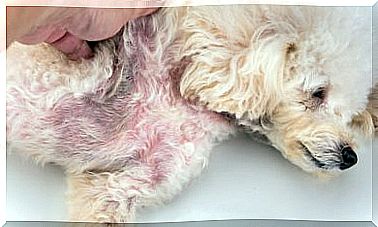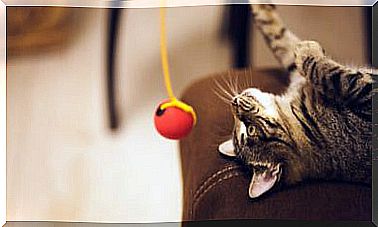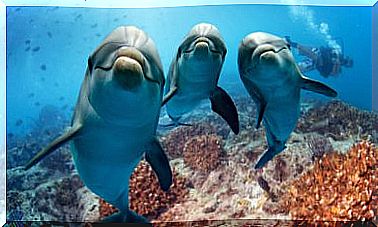Centers For Recovery And Rehabilitation Of Captured Animals
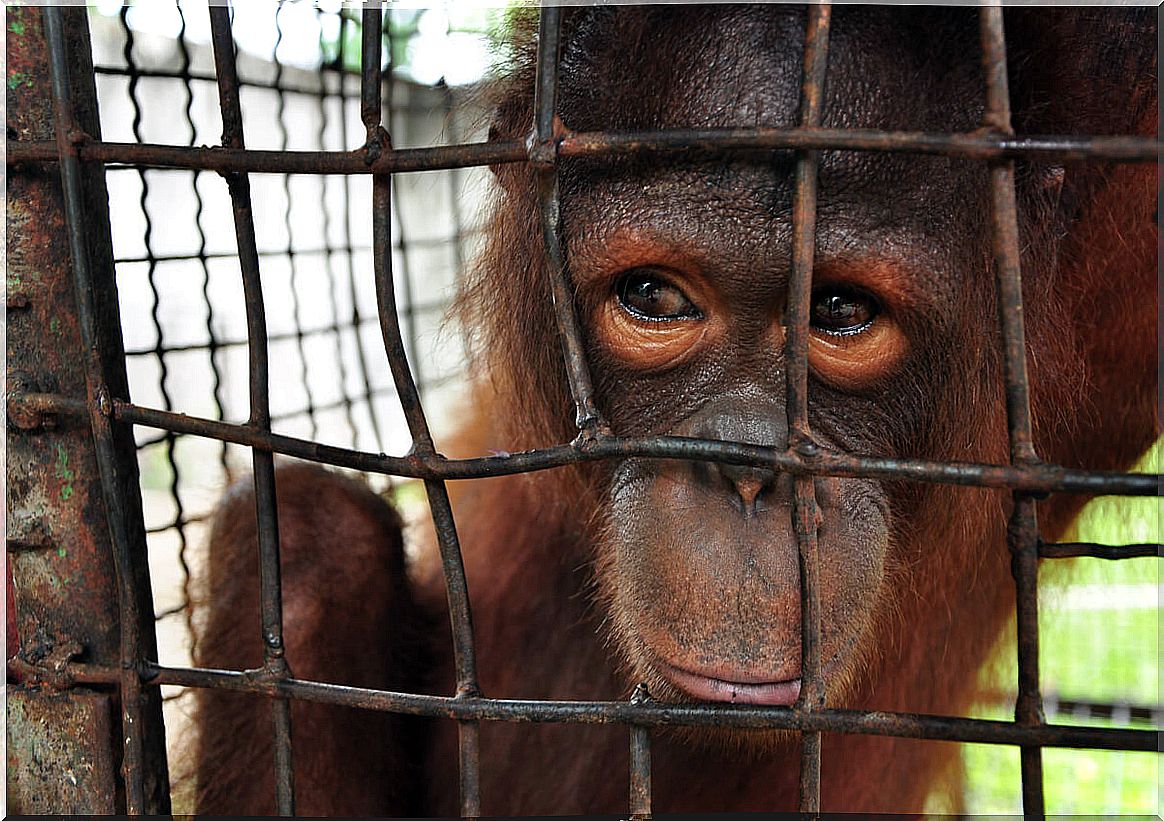
Could you say what are the Animal Recovery and Rehabilitation Centers? The name itself may already give you clues about their work, but their importance is greater than what the general population usually attributes to them.
For this and many other reasons, below we will see the characteristics of the Recovery and Rehabilitation Centers for captured animals. We also show you, in the final lines, how you can collaborate and contact them.
What are the Animal Recovery and Rehabilitation Centers?
The Centers for Recovery and Rehabilitation of captured animals are facilities that collect, heal and release wild specimens. These wildlife animals are often injured, weakened or sick.
Most of the existing centers in Spain have more than 50 years of experience. In addition, they work as a team, helping each other to achieve their goal of protecting wildlife.
It appears that in recent years these centers have received more than 55,000 animals, of which more than half survived after admission. If it were not for this type of facility, many of these injured living beings would not resist in nature.
Normally, it is estimated that most of the specimens received would perish without health care. In terms of their approach, some centers focus on emblematic and / or threatened species, while others collect and care for wild specimens regardless of their species. Therefore, both are necessary for wildlife.
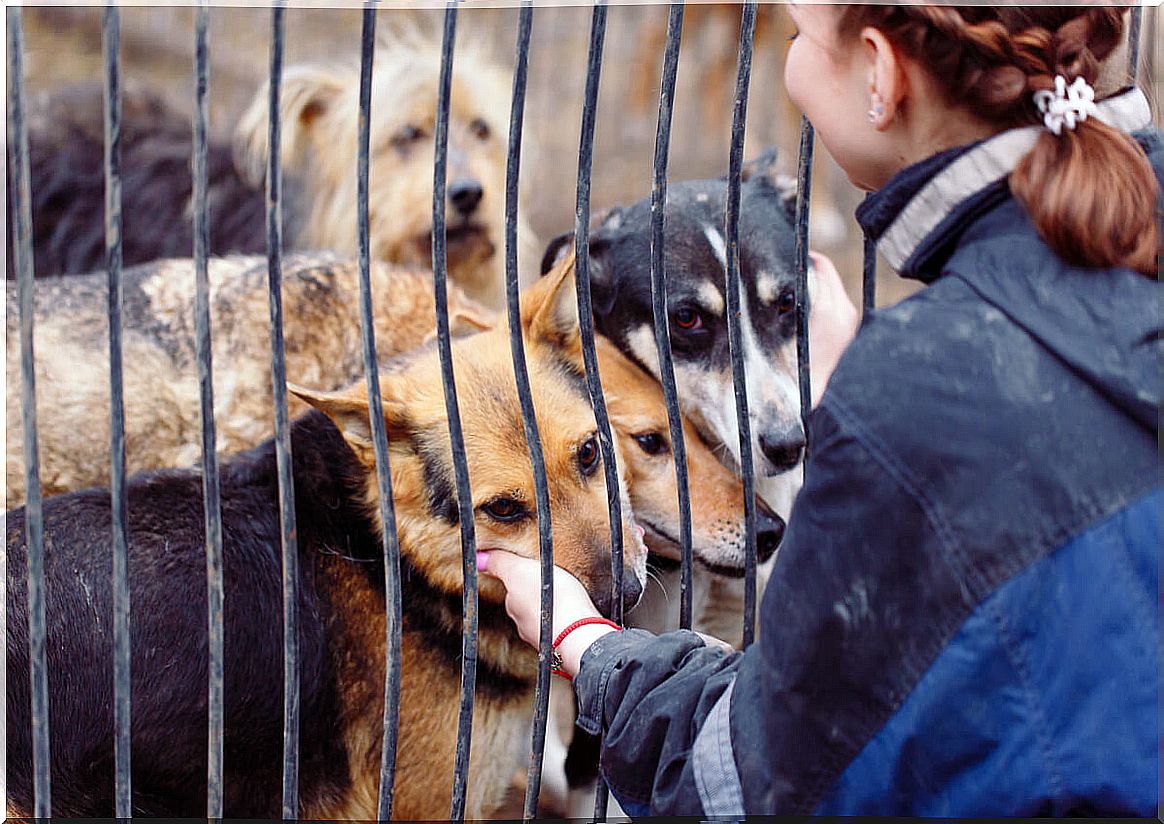
Where are they found?
In Spain, these types of centers are distributed in different locations depending on the autonomous communities. For example, in the case of Castilla y León, this autonomous community consists of a total of five centers.
Features
Now, perhaps one of the most common doubts about this type of center is what its functions are. We show them below:
- Veterinary care.
- Wildlife rehabilitation.
- Detection and control of diseases.
- Identification of the causes of mortality in wildlife.
- Development of awareness and educational programs.
- Conservation of species.
Once the specimens that have entered the center recover, they are released into their own habitat. Environmental agents are in charge of this work consisting of returning animals to nature.
Who works in the Animal Recovery and Rehabilitation Centers?
The number and specialization of workers in these centers is varied and wide. Taking into account the work they perform, these facilities have veterinarians, zoologists or veterinary technical assistants.
Likewise, there are also a number of essential collaborators, such as environmental agents. They are the ones who usually locate and transport the animals that require their care.
However, others participate by informing animal centers that they are in danger. Among them, there is the Civil Guard-SEPRONA, the Local Police and the National Police or individuals.
How can wildlife get sick?
Although nature is home to wildlife, human intervention has modified it. This influences the different accidents that animals can suffer, either by:
- Poisoning.
- Accidents with windmills or power lines.
- Accidents or traps.
- Habitat pollution. This, in turn, can lead to the development of diseases or malnutrition of the animals.
If I find an injured animal …
In the event that you find an unprotected and injured animal in the wild, you can contribute to its recovery. To do this, you must contact the environmental agents or the nearest center.
In this way, by informing them, they can go and take the animal to the center for care. At other times, they may tell you where and how to move the injured animal.
How should I act?
However, before you panic, here are some first aid tips that can be followed in these situations:
- Confirm that the animal is injured and unprotected. In some cases, you may find hatchlings that you think are abandoned. However, the parents are often in hiding, waiting to pick them up.
- Contact a professional by phone and describe the animal’s injuries. Thus, it will be able to tell you what is the best way to proceed.
- If there is no response from the center or collaborators: in this case, it is recommended to approach the animal carefully and with gloves. It is advisable to cover his eyes with a towel or similar to calm him down.
- Avoid giving him food and drink. Feeding the animal may cause it more harm. Therefore, it is best to be able to bring him as soon as possible to a center so that he can recover.
- In the event that you cannot move the animal, you must notify the center.
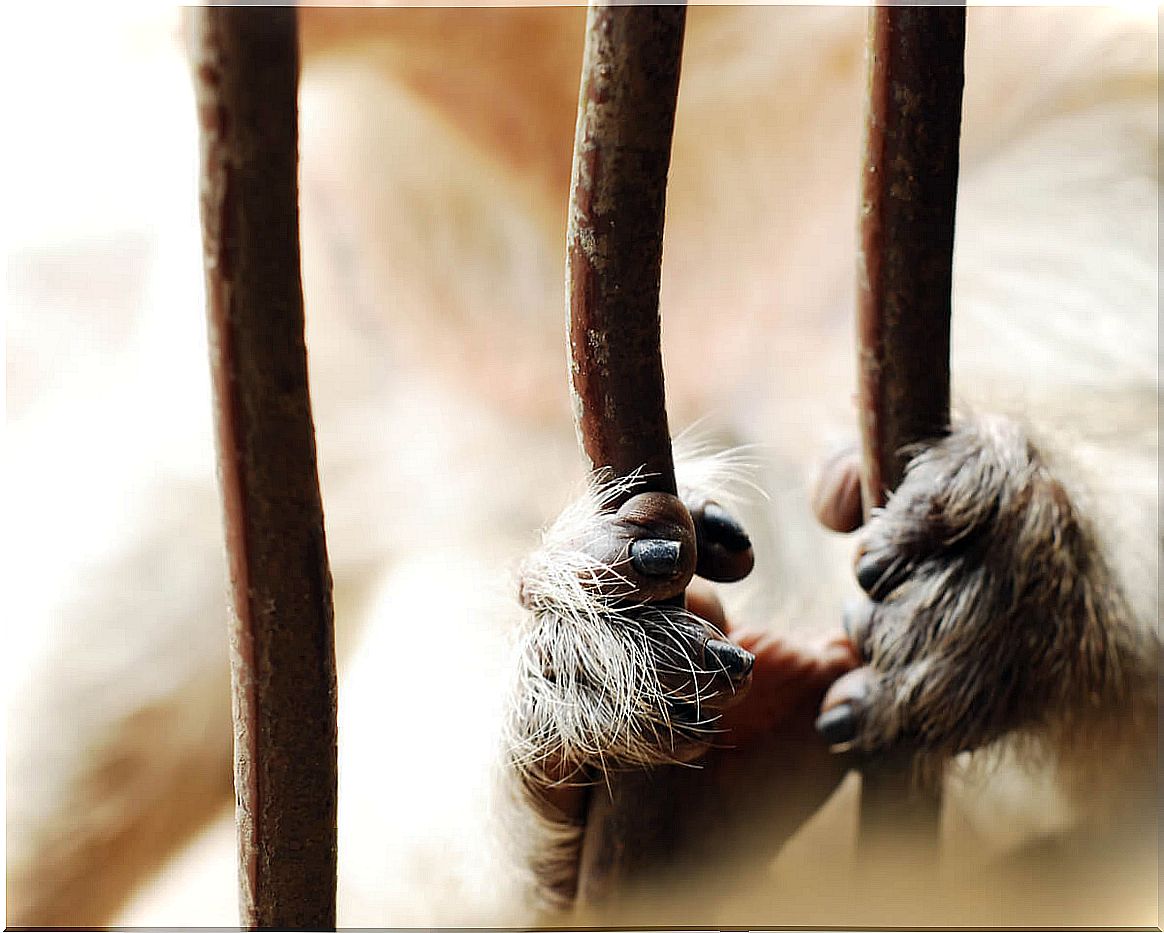
As we have seen, the work of the Animal Recovery and Rehabilitation Centers is essential. These entities participate in the conservation of the fauna of a region or locality.
In addition, any reader residing in the areas described can collaborate with them if they find an unprotected and injured animal. In this way, you will be contributing your grain of sand to the protection of species.

